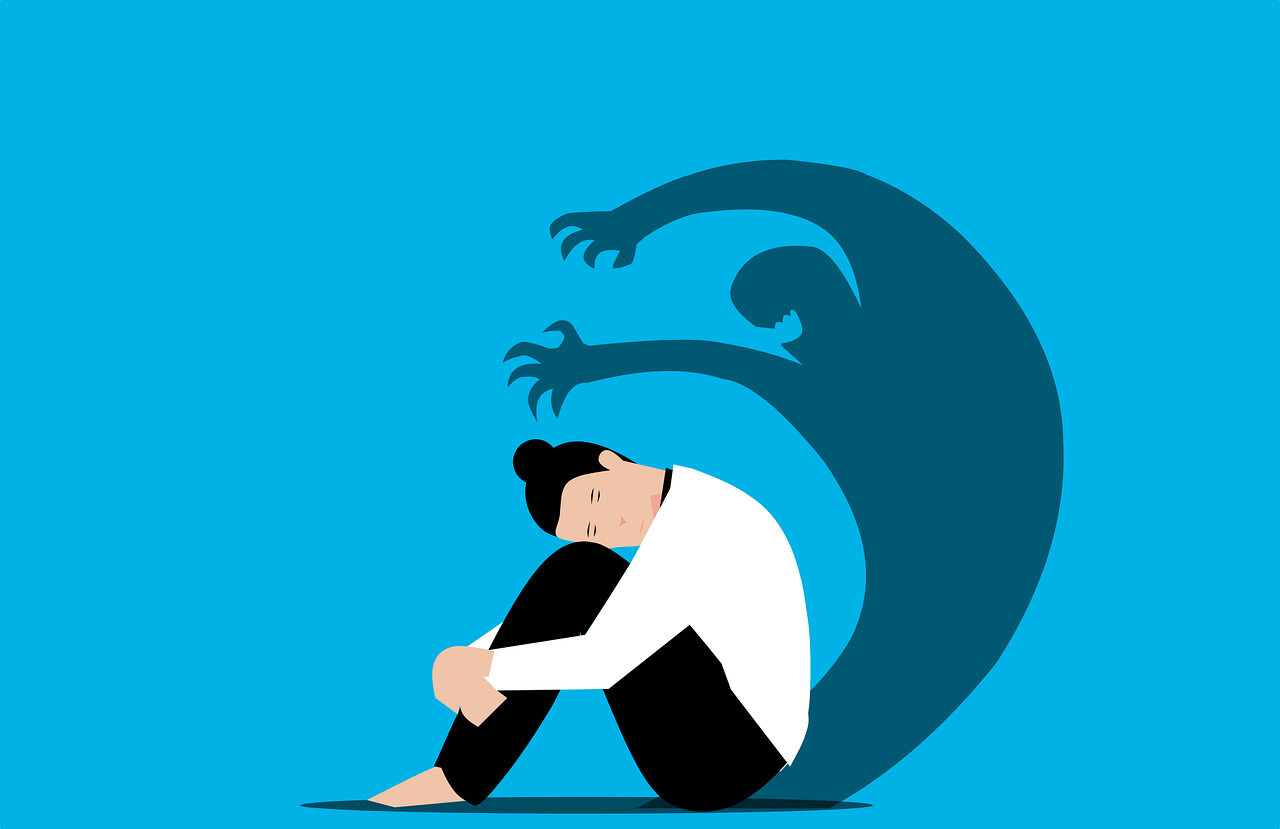
OPINION – Adolescents’ mental health is never a priority in Belgium
When a 13-year-old girl attempts suicide after years of crying out for help she is admitted to the emergency room and has to tell her story 10 times to 10 different doctors, nurses and psychologists. The next day they send her home because their psychiatry is for adults and there is no room in any juvenile institution. Queues are endless and now, a year later, nothing has changed.
Although we always knew something was wrong with my sister, she was not diagnosed with autism until she was ten. With every psychologist we consulted, it was the same story all over again: “Sorry ma’am, but we’re not going to be able to help with this any further.” How do you resolve something like that as a parent? When even the professionals, psychologists, and psychiatrists, don’t know what to do?
She is on waiting lists everywhere, but there is no room anywhere. Last year she was in daycare for several months, but staying overnight was impossible. Later, after another attempt, she spent a week in the hospital, but there is no room for a full psychiatric hospitalization. A country as prosperous and progressive as Belgium should have sufficient resources to ensure the well-being of their young people, their future.
On average in our country, you pay 55 euros for an hour of individual therapy with a psychologist. One prescription from a general practitioner is good for four sessions; the maximum number of reimbursed sessions per year is eight. So if a child with a problem needs one session every week, that price tag for the remaining 44 weeks runs up to 2420 euros. On top of that, in many cases, one session is not enough. Parents with multiple children have to shell out this amount on top of costs for school and hobbies.
While actions and helplines such as Red Nose Day, Awel, and the suicide hotline help to create awareness, they are not enough to solve the problem, nor do they apparently push our government enough to make help-seeking easier and to reduce the stigma around it. Because young people who effectively cry out for help are not helped or have to wait months to years. And who knows, by then it may be too late.
On several occasions I learned that my sister had disappeared and the police had to be called in, only to find a 13-year-old girl later in her stockings on top of a bridge holding her teddy bear. On several occasions, the police called psychiatric institutions for help, but we were told that she was on the waiting list and there was nothing else we could do. On several occasions, the Belgian health system disappointed me, and it still does every day.
Text: Sam Depraetere
Image: Mohamed_Hassan on Pixabay



